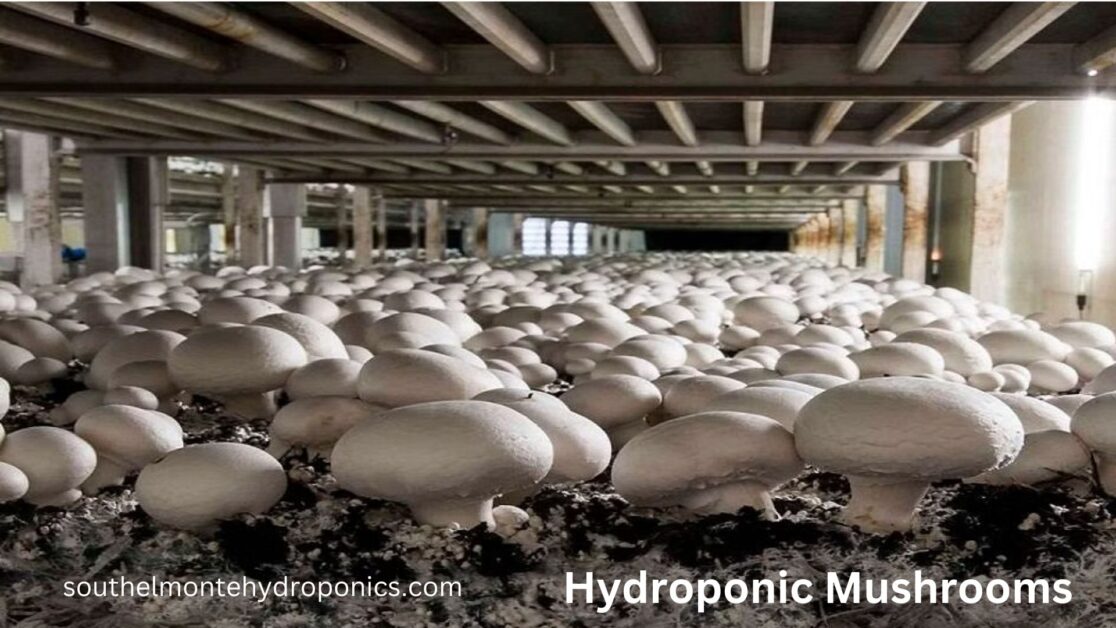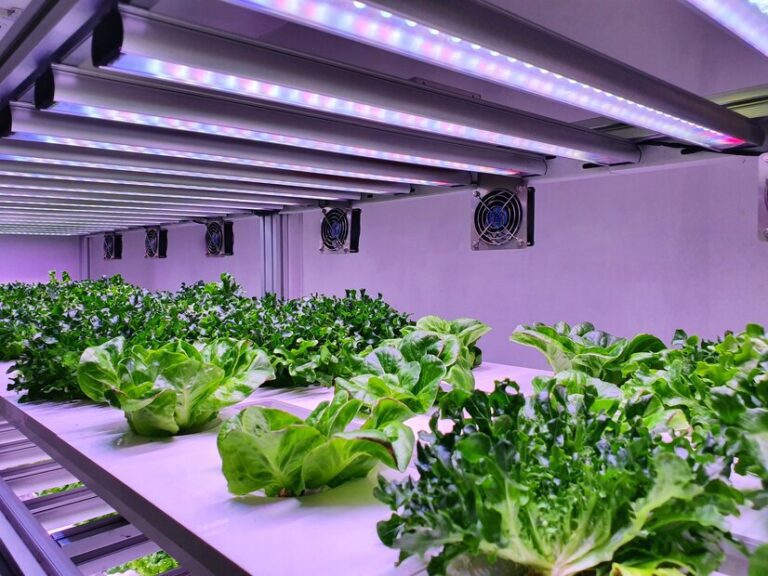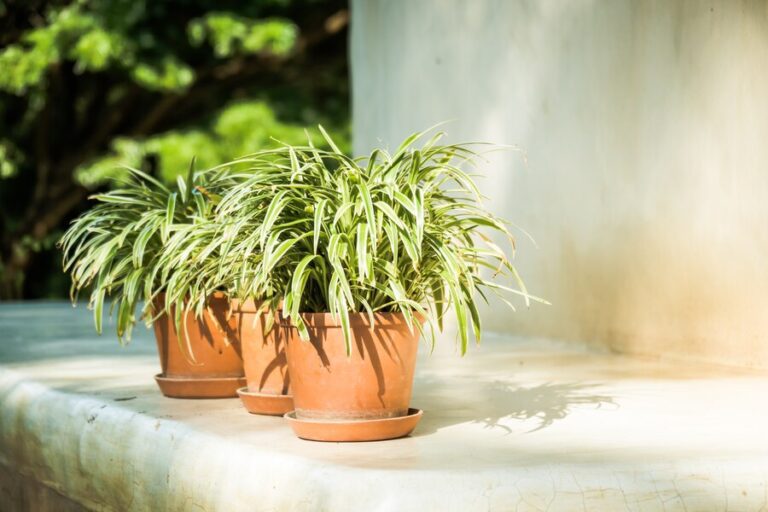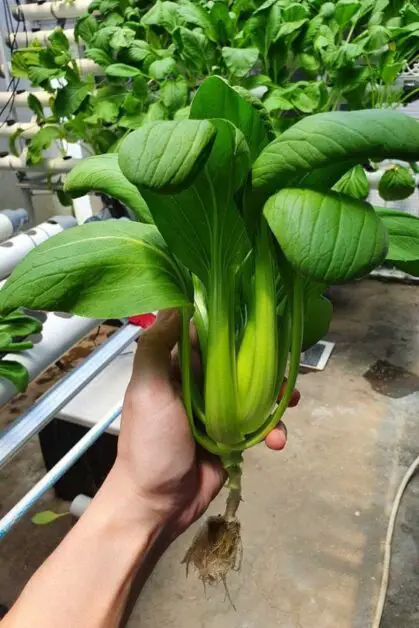Hydroponic Mushrooms: no.1 way How to Grow Delicious and Nutritious Mushrooms in Water
Table of Contents
The Benefits of Growing Hydroponic Mushrooms
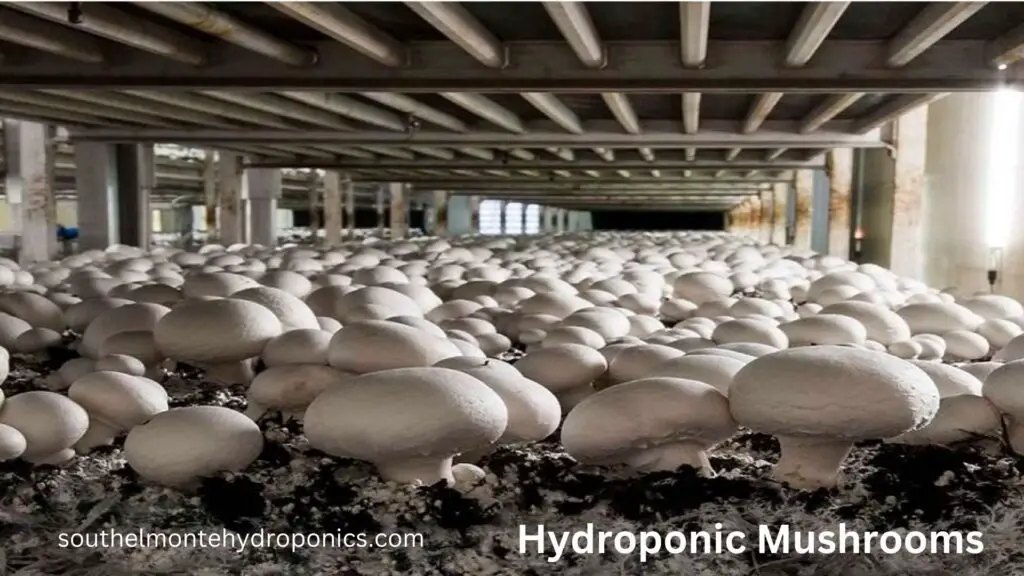
Hydroponic cultivation has gained significant popularity in recent years due to its numerous benefits for growing a wide variety of crops. When it comes to mushrooms, opting for hydroponic growth can offer several advantages over traditional soil-based methods.
One of the key benefits of growing mushrooms hydroponically is the ability to have better control over the growing environment. With hydroponics, growers can regulate factors such as temperature, humidity, light exposure, and nutrient levels more precisely. This allows for optimal conditions that can result in faster growth, higher yields, and healthier mushrooms. Additionally, hydroponic systems are designed to be more space-efficient, making them suitable for both small-scale and commercial mushroom cultivation.
Another advantage of hydroponic mushroom farming is the reduced risk of soil-borne diseases and pests. Since hydroponic systems use a soilless medium, the chances of fungal infections or nematode infestations are significantly minimized. This not only helps to maintain the overall health of the mushrooms but also reduces the need for chemical pesticides or fungicides. Moreover, hydroponic mushrooms are less susceptible to weed competition, resulting in cleaner and more efficient crop management.
By harnessing the benefits of hydroponics, growers can unlock the full potential of mushroom cultivation. It provides a sustainable and efficient method of farming that empowers gardeners to produce healthy, high-quality mushrooms in a controlled environment. With the right knowledge and techniques, hydroponic growing offers a promising future for mushroom enthusiasts and commercial farmers alike.
Understanding the Basics of Hydroponic Mushrooms Cultivation
Hydroponics is a popular method of cultivating mushrooms that offers several advantages over traditional soil-based cultivation. By understanding the basics of hydroponics, gardening enthusiasts can unlock the potential for higher yields, greater control over growing conditions, and healthier mushrooms.
One of the key principles of hydroponics is the absence of soil. Instead, a nutrient-rich water solution is used to provide the necessary minerals and elements for the mushrooms to grow. This eliminates the risk of soil-borne diseases and allows for more precise control over nutrient intake. Additionally, hydroponic systems ensure efficient water use, as the solution can be recirculated and reused, minimizing wastage.
Another important aspect of hydroponics is the ability to tailor the growing environment to the specific needs of mushrooms. Temperature, humidity, and light exposure can all be regulated to create optimal conditions for growth. This level of control allows for year-round cultivation, regardless of external weather conditions. Additionally, by providing consistent and ideal conditions, hydroponics can result in faster growth and a more uniform crop.
In the next section, we will explore how to select the ideal mushroom varieties for hydroponic growth.
Selecting the Ideal Hydroponic Mushrooms Varieties for Growth
When selecting the ideal mushroom varieties for hydroponic growth, it is important to consider a few key factors. Firstly, you should choose varieties that are well-suited to growing in a controlled environment. Certain mushroom species, such as oyster mushrooms and shiitake mushrooms, have been found to thrive in hydroponic systems due to their adaptability and high yield potential.
Additionally, it is crucial to consider the market demand for different mushroom varieties. Conducting market research can help you identify popular varieties that are in high demand, ensuring that your hydroponic mushroom cultivation venture is financially viable. Some varieties, like the white button mushroom, have a consistent and strong market demand, making them a reliable choice for hydroponic cultivation.
In conclusion, selecting the ideal mushroom varieties for hydroponic growth requires careful consideration of their adaptability to controlled environments and market demand. By choosing the right varieties, you can ensure that your hydroponic mushroom cultivation venture is successful and profitable.
Setting Up a System for Hydroponic Mushrooms Cultivation
When it comes to setting up a hydroponic system for mushroom cultivation, there are several key factors to consider in order to create an optimal growing environment. First and foremost, it’s important to choose a suitable location for your hydroponic setup. Mushrooms thrive in environments with stable temperature and humidity levels, so selecting a space that can be easily regulated is essential. Additionally, ensuring proper ventilation and air circulation is crucial to prevent the buildup of excess moisture and the growth of mold or other harmful pathogens.
Next, you’ll need to select the appropriate equipment for your hydroponic system. This includes items such as trays or containers to hold the growing medium, a nutrient reservoir with a pump for solution delivery, and a lighting system that provides the necessary spectrum and intensity for mushroom growth. It’s important to choose high-quality equipment that is specifically designed for hydroponics to ensure consistent and successful cultivation.
Once you have your location and equipment in place, the next step is to prepare your growing medium. Mushroom cultivation typically involves using a substrate, such as straw or wood chips, that provides the necessary nutrients for the mushrooms to grow. The substrate should be thoroughly sterilized to eliminate any potential contaminants that could hinder the growth of your mushrooms. Depending on the specific variety of mushroom you are cultivating, you may also need to add additional supplements or amendments to the growing medium to optimize nutrient availability.
In the next section, we will explore the different types of growing mediums that are commonly used in hydroponic mushroom cultivation and discuss their benefits and drawbacks. By understanding the role of the growing medium in the overall success of your hydroponic system, you’ll be better equipped to make informed decisions about which medium is best suited for your specific mushroom varieties.
Choosing the Right-Growing Medium for Hydroponic Mushrooms
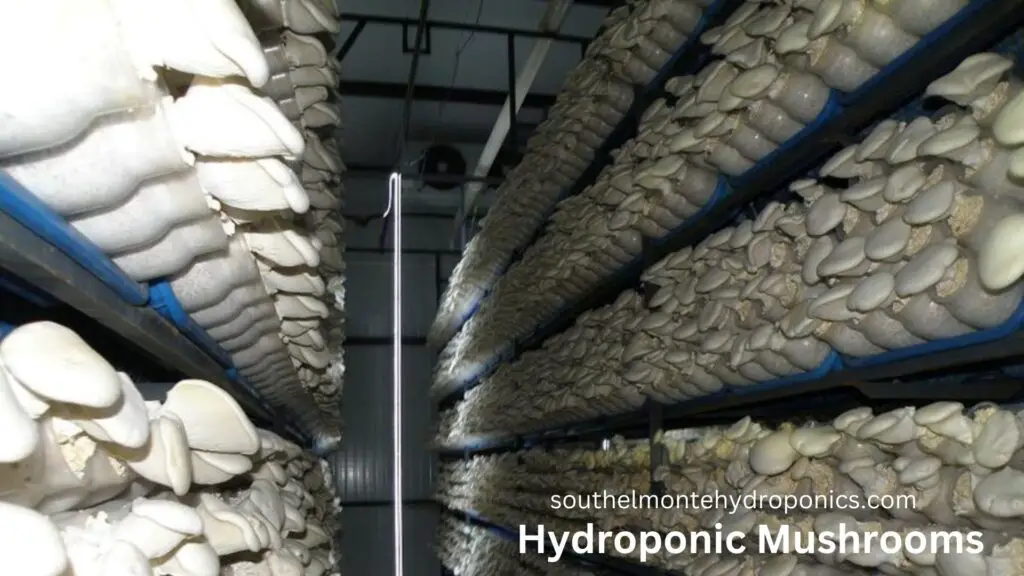
Choosing the right growing medium is crucial for successful hydroponic mushroom cultivation. The growing medium serves as a support system for the mushrooms, providing them with stability and a suitable environment for root development. It also plays a vital role in moisture retention, nutrient availability, and overall plant health.
One of the most commonly used growing mediums for hydroponic mushrooms is a mixture of perlite and vermiculite. This combination offers excellent drainage and aeration, which are essential for preventing root rot and maintaining optimal oxygen levels in the root zone. The perlite component provides porous spaces for air circulation, while vermiculite helps retain moisture, ensuring that the mushrooms do not dry out. This medium is lightweight, sterilizable, and readily available, making it a popular choice among hydroponic mushroom growers. Additionally, it has neutral pH levels, which is beneficial for maintaining a balanced nutrient solution and promoting healthy mushroom growth.
Another option for hydroponic mushroom cultivation is the use of grow bags filled with a sterile mixture of wood chips, sawdust, and straw. This organic growing medium provides a suitable substrate for various mushroom varieties, such as oyster mushrooms and shiitake mushrooms. The wood chips and sawdust provide a source of nutrients for the mushrooms, while the straw component adds structure and helps retain moisture. It is important to note that this growing medium requires pasteurization or sterilization to eliminate potential contaminants and ensure a healthy environment for mushroom growth.
When choosing the right growing medium for hydroponic mushrooms, it is important to consider factors such as water retention, aeration, nutrient availability, and ease of sterilization. Each mushroom variety may have specific requirements, so it is advisable to research and understand the needs of the specific species you intend to cultivate. By selecting an appropriate growing medium, you can provide an optimal environment for your hydroponic mushrooms, increasing the chances of successful cultivation and high-quality yields.
Providing Optimal Nutrient Solutions for Healthy Hydroponic Mushrooms Growth
Providing the optimal nutrient solutions is crucial for healthy mushroom growth in a hydroponic system. Mushrooms have specific nutritional needs, and ensuring they receive the right balance of macro and micronutrients is essential for their development and yield.
One of the key nutrients for mushroom growth is nitrogen. It plays a vital role in the synthesis of proteins and is necessary for the formation of healthy mycelium and fruiting bodies. Ammonium nitrate and urea are commonly used nitrogen sources in hydroponics. However, it is important to monitor the nitrogen levels carefully as excessive amounts can lead to excessive vegetative growth at the expense of fruiting.
Another essential nutrient is phosphorus, which is involved in various metabolic processes, including energy transfer and the synthesis of DNA and RNA. Monopotassium phosphate is a popular phosphorus source in hydroponics, providing a readily available form of phosphorus for mushrooms. However, it is important to maintain a balanced phosphorus-to-nitrogen ratio to promote proper mushroom development.
Maintaining Proper Temperature and Humidity Levels in the Growing Environment
Maintaining proper temperature and humidity levels is crucial for the successful cultivation of mushrooms in a hydroponic system. Mushrooms are highly sensitive to environmental conditions, and any fluctuations can have a significant impact on their growth and productivity.
Temperature plays a vital role in the development of mushrooms. Most mushroom varieties thrive in temperatures ranging from 55 to 65°F (13 to 18°C). It is important to maintain a consistent temperature throughout the growing environment to ensure optimal growth. Fluctuations in temperature can disrupt the growth cycle and lead to abnormalities in the mushrooms. To achieve the ideal temperature, it is recommended to use a thermostat-controlled heating and cooling system in the growing area.
Humidity is another critical factor that needs careful consideration. Mushrooms require a high humidity level of around 80 to 90 percent for successful growth. This moisture-rich environment helps in the formation of fruiting bodies and promotes the growth of mycelium, the vegetative part of mushrooms. Regular monitoring of humidity levels is essential to prevent the growth of mold or drying out of the growing medium. Humidity can be maintained by using a humidifier or misting system, and proper ventilation should be in place to prevent excess moisture buildup.
By ensuring a consistent temperature and humidity level, growers can provide an optimal environment for their hydroponic mushroom cultivation. With careful monitoring and adjustment, gardeners can maximize the growth potential of their mushrooms and achieve bountiful yields.
Managing Light Exposure for Successful Hydroponic Mushroom Cultivation
To ensure successful hydroponic mushroom cultivation, managing light exposure is crucial. Light plays an integral role in the growth and development of mushrooms, as it directly affects their morphology, pigmentation, and overall quality. However, it is essential to strike a delicate balance when providing light to your mushroom crop.
Mushrooms are unique organisms that thrive in low light conditions. Excessive exposure to light can hinder their growth and compromise their yields. On the other hand, insufficient light can lead to elongated stems and pale caps, resulting in subpar aesthetics and reduced market value.
When it comes to managing light exposure, it is important to consider both the duration and intensity of light. Mushrooms require a period of darkness to trigger their reproductive phase, known as the fruiting stage. It is during this stage that they develop their signature caps and stems. Providing an optimal photoperiod of 12-16 hours of darkness per day helps to stimulate fruiting and maximize yield.
Additionally, controlling the intensity of light is crucial. High-intensity light can cause stress to mushrooms, resulting in morphological abnormalities and decreased yields. It is recommended to use low-intensity light sources, such as fluorescent or LED bulbs, to mimic the natural dim light conditions mushrooms prefer.
By managing light exposure in your hydroponic mushroom cultivation, you can improve the overall quality and yield of your harvest. However, it is important to note that different mushroom varieties may have specific light requirements. Consulting reputable sources or expert growers can provide valuable insights into the specific light needs of your chosen mushroom species. With proper light management, you can ensure the success of your hydroponic mushroom cultivation venture.
Monitoring and Controlling pH Levels in the Hydroponic System
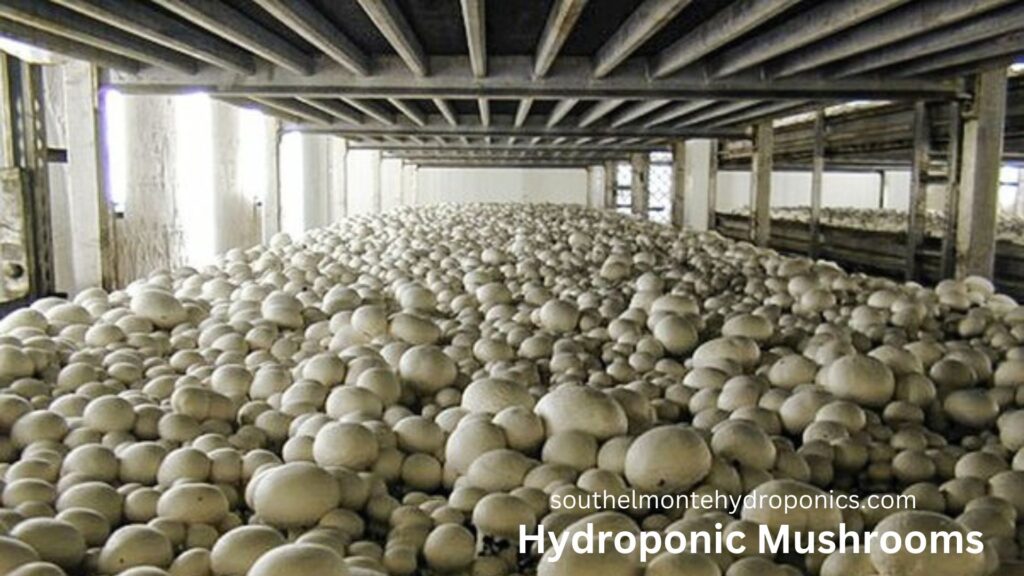
Maintaining the proper pH levels in a hydroponic system is crucial for the successful cultivation of mushrooms. Since mushrooms are sensitive to pH changes, closely monitoring and controlling the pH levels ensures optimal nutrient uptake and overall growth.
The ideal pH range for mushroom cultivation typically falls between 5.5 and 6.5. This slightly acidic environment provides the necessary conditions for mushroom mycelium to thrive and develop into fruiting bodies. Regularly measuring the pH levels using a reliable pH meter is essential to avoid any deviations from the desired range. If the pH is too high or too low, adjustments can be made using pH up or pH down solutions to bring it back within the optimal range.
Additionally, it’s important to note that different mushroom varieties may have slightly different pH preferences. For example, some varieties like oyster mushrooms prefer a slightly lower pH range, while others like shiitake mushrooms thrive in a slightly higher pH range. It is therefore crucial to consider the specific pH requirements of the mushroom variety being cultivated and make necessary adjustments accordingly.
By closely monitoring and controlling the pH levels in a hydroponic system, growers can provide the ideal conditions for mushroom cultivation and maximize their harvests.
Preventing and Managing Common Pests and Diseases in Hydroponic Mushroom Farms
To ensure the successful growth of mushrooms in a hydroponic system, it is crucial to prevent and manage common pests and diseases. These undesirable organisms can quickly spread and destroy your crops if left unchecked. By implementing proper preventative measures and employing effective management strategies, you can protect your hydroponic mushroom farm from potential threats.
One of the most effective ways to prevent pests and diseases is to maintain a clean and sterile growing environment. Regularly disinfecting your equipment, tools, and containers can significantly reduce the chances of contamination. Additionally, practicing good hygiene by washing your hands thoroughly and using clean gloves when handling your mushrooms can help prevent the introduction of harmful organisms.
Another important aspect of pest and disease prevention is practicing crop rotation. This involves avoiding planting the same mushroom variety in the same location for consecutive growing cycles. Rotating your crops can disrupt the life cycles of pests and diseases, making it more difficult for them to establish and spread in your hydroponic system.
Harvesting and Storing Hydroponic Mushrooms for Maximum Freshness and Flavor
When it comes to harvesting and storing hydroponic mushrooms, ensuring maximum freshness and flavor is crucial. The timing of harvest plays a vital role in determining the taste and texture of the mushrooms. It is recommended to harvest mushrooms when the caps have fully opened up but are still firm and have not yet begun to release spores. This ensures that they are at their peak flavor and nutritional value.
To harvest the mushrooms, gently twist or cut them at the base of the stem, being careful not to damage surrounding mushrooms or the growing medium. It is important to handle the mushrooms delicately to prevent bruising or crushing, as this can lead to faster spoilage. Avoid washing the mushrooms before storage, as they are highly absorbent and can become waterlogged, increasing the risk of decay.
Proper storage is essential to maintain the freshness and flavor of hydroponic mushrooms. Place the harvested mushrooms in a clean, breathable container such as a paper bag or a container with ventilation holes. This allows for air circulation and helps prevent moisture buildup, which can cause the mushrooms to spoil quickly. Store the container in the refrigerator at a temperature between 1-2°C (34-36°F) to extend their shelf life. Avoid storing mushrooms near strong-smelling foods, as they can easily absorb odors. With the right harvesting and storage techniques, you can savor the maximum freshness and flavor of your hydroponically grown mushrooms.
Exploring Creative Culinary Uses for Hydroponic Mushrooms
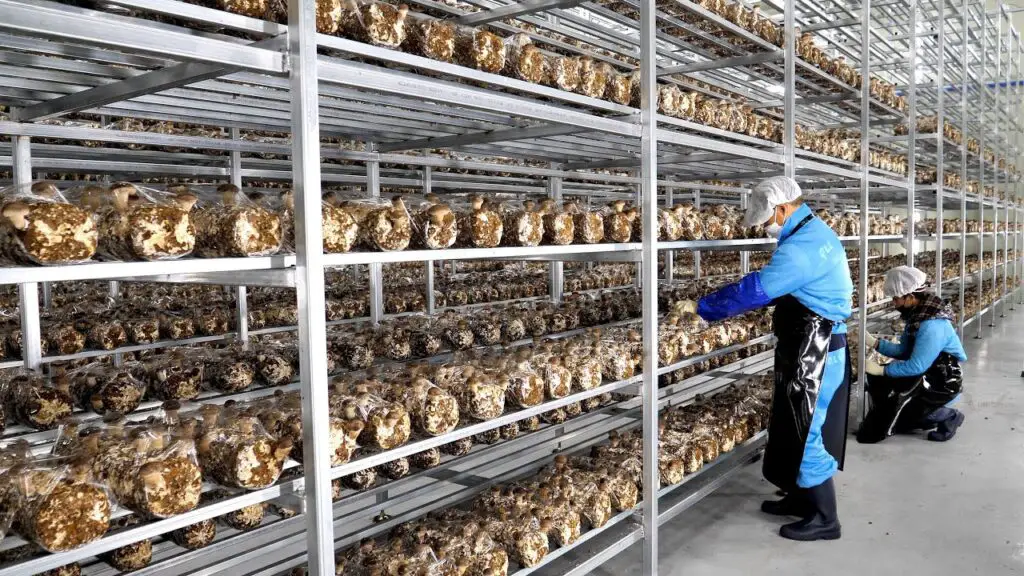
When it comes to culinary uses for hydroponic mushrooms, the possibilities are truly endless. These unique mushrooms offer a different flavor profile and texture compared to traditionally grown mushrooms, making them a favorite among chefs and food enthusiasts alike. Their tender flesh and delicate taste make them perfect for a variety of dishes, from simple sautés to gourmet creations.
One popular way to enjoy hydroponic mushrooms is by incorporating them into pasta dishes. Their earthy flavor pairs beautifully with creamy sauces, allowing the mushrooms to shine as the star ingredient. Whether tossed with linguine and a garlic cream sauce or added to a rich mushroom risotto, hydroponic mushrooms add a depth of flavor that is sure to impress even the most discerning palates.
Another creative use for hydroponic mushrooms is in vegetarian and vegan dishes. These mushrooms have a robust umami flavor, making them an excellent substitute for meat in dishes such as mushroom-based burgers, hearty stews, and even vegan “bacon” made from thinly sliced and seasoned hydroponic mushrooms. The possibilities for meat-free options are endless with these versatile fungi.
Whether you’re an experienced chef looking to experiment with new flavors or a home cook seeking to elevate your dishes, hydroponic mushrooms offer endless options for culinary creativity. From classic pasta dishes to innovative plant-based recipes, these mushrooms will bring a depth of flavor and a touch of elegance to any meal. So why not embark on a culinary adventure and discover the delightful possibilities that hydroponic mushrooms hold?
Here’s a table outlining key aspects of growing hydroponic mushrooms:
| Aspect | Description |
|---|---|
| Mushroom Varieties | Choose Suitable Varieties: Oyster mushrooms (Pleurotus spp.) and shiitake mushrooms (Lentinula edodes) are commonly grown hydroponically. Select varieties based on your preference and feasibility. |
| Hydroponic System | System Type: Mushrooms can be grown in nutrient film technique (NFT) systems or on a substrate in a nutrient solution. |
| Substrate Material | Select Substrate: Common substrates include coconut coir, perlite, or a mix of materials. Choose based on water retention and suitability for mushroom growth. |
| Nutrient Solution | Formulate Mushroom Nutrient Solution: Create a nutrient solution containing essential elements like nitrogen, phosphorus, and potassium. Adjust the pH as needed for optimal absorption. |
| Spawn Inoculation | Inoculate Growing Medium: Introduce mushroom spawn or mycelium into the chosen substrate. Ensure a sterile environment during inoculation to prevent contamination. |
| Humidity and Temperature | Maintain Ideal Conditions: Maintain high humidity levels (90-95%) and a controlled temperature (around 75°F or 24°C) for mycelium colonization and mushroom development. |
| Lighting Requirements | Low Light Conditions: Mushrooms don’t require intense light. Provide low-intensity, indirect light to initiate pinning and encourage mushroom formation. |
| Ventilation | Ensure Adequate Air Exchange: Maintain proper ventilation to prevent carbon dioxide buildup and encourage healthy mushroom growth. |
| Harvesting | Harvest at the Right Time: Harvest mushrooms when the caps have fully opened but before the gills are exposed. Timing varies among different mushroom varieties. |
| Watering Technique | Misting or Soaking: Mushrooms benefit from periodic misting or soaking with water to maintain humidity levels. Avoid waterlogged conditions. |
| Pest and Contamination Control | Sterilization Practices: Practice strict sterilization to prevent contamination. Monitor for pests and address issues promptly. |
| Harvest Frequency | Continuous Harvesting: Oyster mushrooms can be harvested in flushes, and new flushes may appear over several weeks. Shiitake mushrooms are typically harvested individually as they mature. |
| Nutritional Considerations | Nutrient-Rich Substrate: Ensure the substrate provides adequate nutrients for mushroom growth. Some growers also enrich substrates with additional nutrients. |
| Variety-Specific Tips | Research Varietal Requirements: Different mushroom varieties have specific requirements. Research and adjust your hydroponic system accordingly. |
| Market Considerations | Explore Market Demand: Understand the market demand for specific mushroom varieties. Consider local preferences and trends. |
Hydroponic mushroom cultivation offers a controlled environment for optimal growth. Adjusting conditions based on the mushroom variety and maintaining a clean, sterile environment are crucial for successful hydroponic mushroom farming.
Troubleshooting Common Issues in Hydroponic Mushroom Growth
When growing mushrooms hydroponically, there can be several common issues that gardeners may encounter. It’s important to be aware of these challenges and know how to address them to ensure the successful growth of your hydroponic mushroom crops.
One common issue that can arise in hydroponic mushroom cultivation is the presence of pests and diseases. Just like any other crop, mushrooms are vulnerable to attacks from insects, mites, and fungal infections. It is crucial to regularly inspect your hydroponic system and mushrooms for any signs of infestation or disease. If identified, it is recommended to isolate the affected plants and treat them with appropriate measures, such as organic fungicides or beneficial predatory insects, depending on the specific problem encountered.
Another issue that may occur is improper moisture levels in the growing environment. Mushrooms require a specific level of humidity to thrive, and if the moisture levels are too low or too high, it can negatively impact their growth. To maintain optimal humidity, it is important to use a hygrometer to monitor humidity levels regularly. Adjusting ventilation and misting systems can help achieve the desired humidity range for successful mushroom cultivation. Additionally, proper air circulation within the growing area is important to prevent the buildup of excessive humidity, which can lead to the development of molds or other fungal issues.
Addressing these common issues and taking proactive measures to prevent them can significantly improve the success of your hydroponic mushroom cultivation. By staying vigilant and implementing appropriate solutions, gardeners can overcome challenges and enjoy a bountiful harvest of healthy and delicious mushrooms.
A Details Video for Hydroponic Mushroom:
Can any type of mushroom be grown hydroponically?
No, not all mushroom varieties are suitable for hydroponic growth. It is important to select varieties that thrive in a controlled environment with a nutrient-rich solution.
What is the ideal pH range for hydroponic mushroom cultivation?
The ideal pH range for hydroponic mushroom cultivation is typically between 6.0 and 6.5. Maintaining proper pH levels is crucial for optimal nutrient absorption and healthy mushroom growth.
How often should I check the temperature and humidity levels in my hydroponic mushroom growing environment?
It is recommended to check the temperature and humidity levels at least twice a day to ensure they are within the optimal range for mushroom growth. This will help prevent issues such as mold or stunted growth.
Can hydroponic mushrooms be grown without artificial light?
While natural light can be used to supplement the growth of hydroponic mushrooms, artificial light is typically necessary for successful cultivation. Proper lighting ensures consistent growth and development.
What are some common pests and diseases that can affect hydroponic mushroom farms?
Common pests in hydroponic mushroom farms include mites, aphids, and fungus gnats. Diseases such as bacterial blotch and mushroom virus X can also affect mushroom crops. Implementing good sanitation practices and using organic pest control methods can help prevent and manage these issues.
How long can harvested hydroponic mushrooms be stored?
Hydroponic mushrooms can typically be stored for up to one week in a refrigerator. It is important to store them in a cool, dry place and avoid exposure to moisture to maintain their freshness and flavor.
Are there any unique culinary uses for hydroponic mushrooms?
Yes, hydroponic mushrooms can be used in a variety of culinary dishes. Their unique texture and flavor make them a popular choice for stir-fries, soups, salads, and even vegan meat substitutes.
What is the most common issue faced in hydroponic mushroom growth?
One common issue in hydroponic mushroom growth is nutrient imbalance. It is important to closely monitor and adjust the nutrient solution to ensure the mushrooms are receiving the necessary nutrients for healthy growth.

